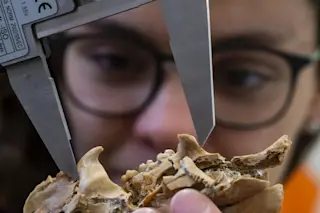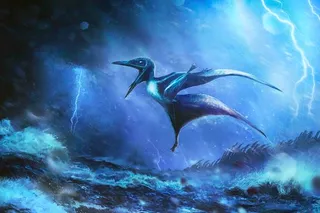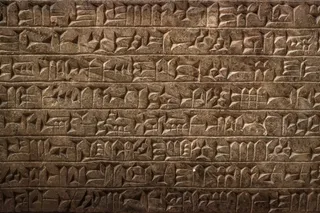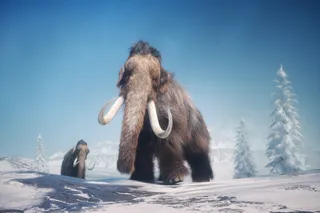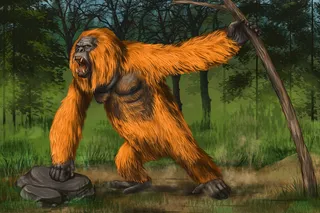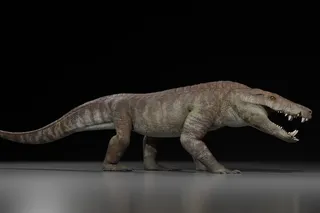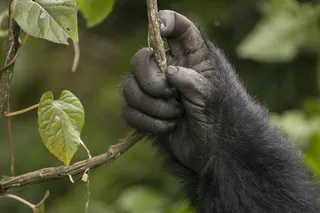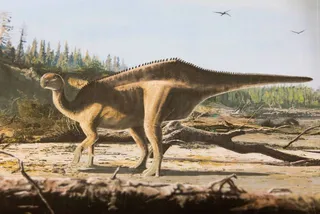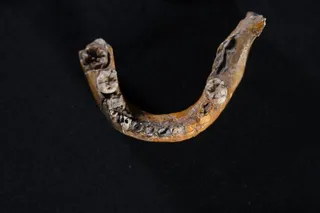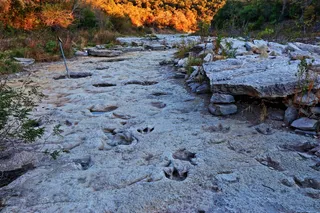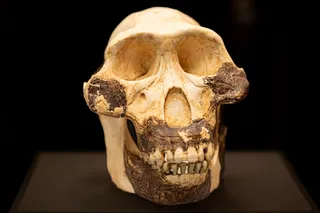A rare, nearly complete fossil of an extinct North American porcupine helped me and my colleagues solve a decades-long debate about how the modern North American porcupine evolved from its ancestors.
Published in Current Biology, our paper argues that North American porcupine ancestors may well date back 10 million years, but they wouldn’t be recognizable until about 8 million years later.
By comparing the bone structure of porcupines across North America and South America, we determined that for those 8 million years, North American porcupines unexpectedly still looked like their cousins, the Neotropical porcupines, which live across tropical Central America and South America today.
Our findings detail the North American porcupine’s evolutionary path from South America – and also solve the mystery of why it’s been so difficult to find its ancestors.
I’m a paleontologist who researches the fossilized bones and teeth of extinct animals. With museum curator Jon Bloch, ...


